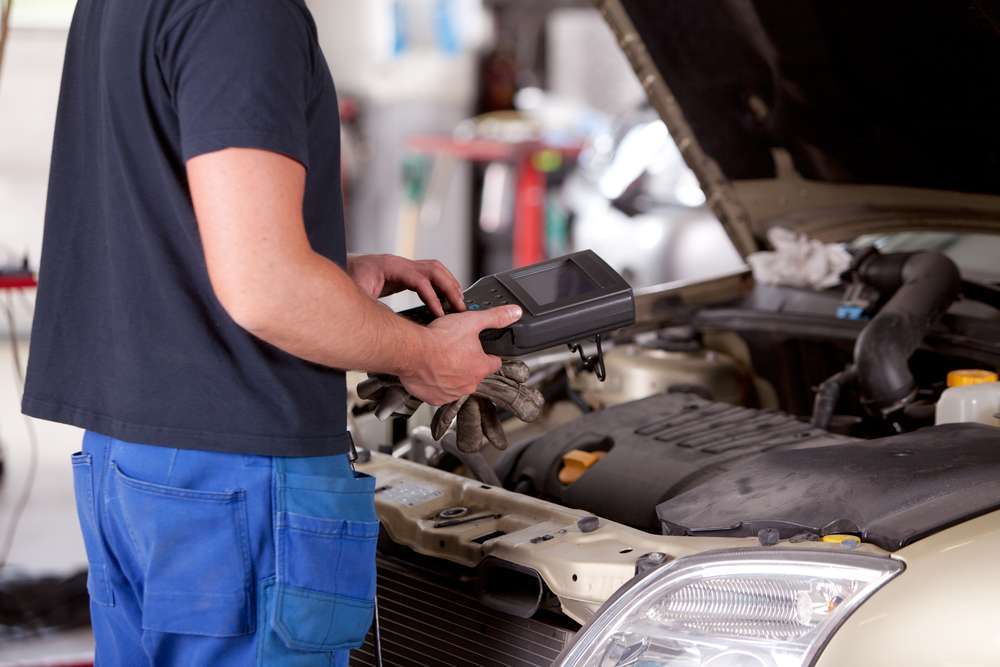Similar to an oil change, a transmission service is a regular component of routine auto maintenance. Flushing out the old transmission fluid and substituting it with new fluid is the main component of transmission services. The sump pump or pan should also be examined (if possible), the filter should be changed or cleaned, the pan should be cleaned, and a new pan gasket should be installed.
Transmission Fluid: What Is It?
The fluid that lubricates the working parts in your car’s transmission is called transmission fluid. This fluid has a number of useful uses in automatic transmission cars, including acting as a coolant.
Which Fluid Type Do I Need?
For various types of transmissions, different fluids are utilized. Transmission fluid is used in automatic transmissions (ATF). Different fluids, such as motor oil, gear oil, and occasionally automatic transmission fluid, can be used in manual gearboxes. For information on the proper transmission fluid for your vehicle, you should always refer to the owner’s handbook.
When ought I to have my transmission serviced?
In accordance with the intervals recommended in your owner’s manual, you should get your transmission serviced. Whether you are driving an automatic or manual transmission car will affect this.
Service Intervals for Manual vs. Automatic Transmissions
Service for manual transmissions
The biggest issue with manual transmission cars is that when the metal gears and bearings inside the gearbox deteriorate over time, transmission fluid is susceptible to contamination. These minuscule metal fragments circulate in the transmission fluid, reducing its ability to lubricate. If these pollutants aren’t routinely removed, your car’s transmission will last less time. The majority of manufacturers advise having a manual gearbox car’s transmission serviced every 30,000–60,000 miles.
Service for automatic transmissions
Because automatic gearboxes generate more heat, the fluid may eventually break down and deteriorate with continued use. Additionally, just like with manual transmission fluid, the fluid will inevitably become contaminated by worn-out transmission parts. If these parts are not flushed out, they may reduce the lifespan of your car’s transmission. For the majority of automatic vehicles, transmission maintenance is normally advised every 60,000–100,000 miles.
What Kind of Upkeep Is Necessary Between Transmission Services?
You should frequently check the level of your transmission fluid in between servicing. Your transmission could suffer permanent damage if you run out of fluid since it won’t be properly greased. While there may occasionally be warning signals, such as noises, there may frequently be no sign that your fluid is running low, therefore it’s crucial to check your levels frequently to ensure there isn’t a leak.
What if I Never Receive Transmission Services?
Your transmission fluid will eventually become polluted with metal shavings and other debris if you never have a transmission service performed. Your transmission’s lifespan will be shortened if you use tainted fluid.
Signs That Your Transmission Needs to Be Checked
Transmission fluid can occasionally get so polluted that it needs to be cleaned out before the manufacturer’s recommendations. You should have your transmission checked out if you notice any of the following symptoms, even if you have not yet reached the recommended service mileage specified by your car’s owner’s manual:
- If you experience difficulty shifting gears if you hear grinding noises coming from underneath the vehicle while the engine is operating
- If the gearshift on your car hesitates
- If you press the gas pedal but your automobile doesn’t move
Contact a Professional Today!
To get your transmission serviced, contact us today!
